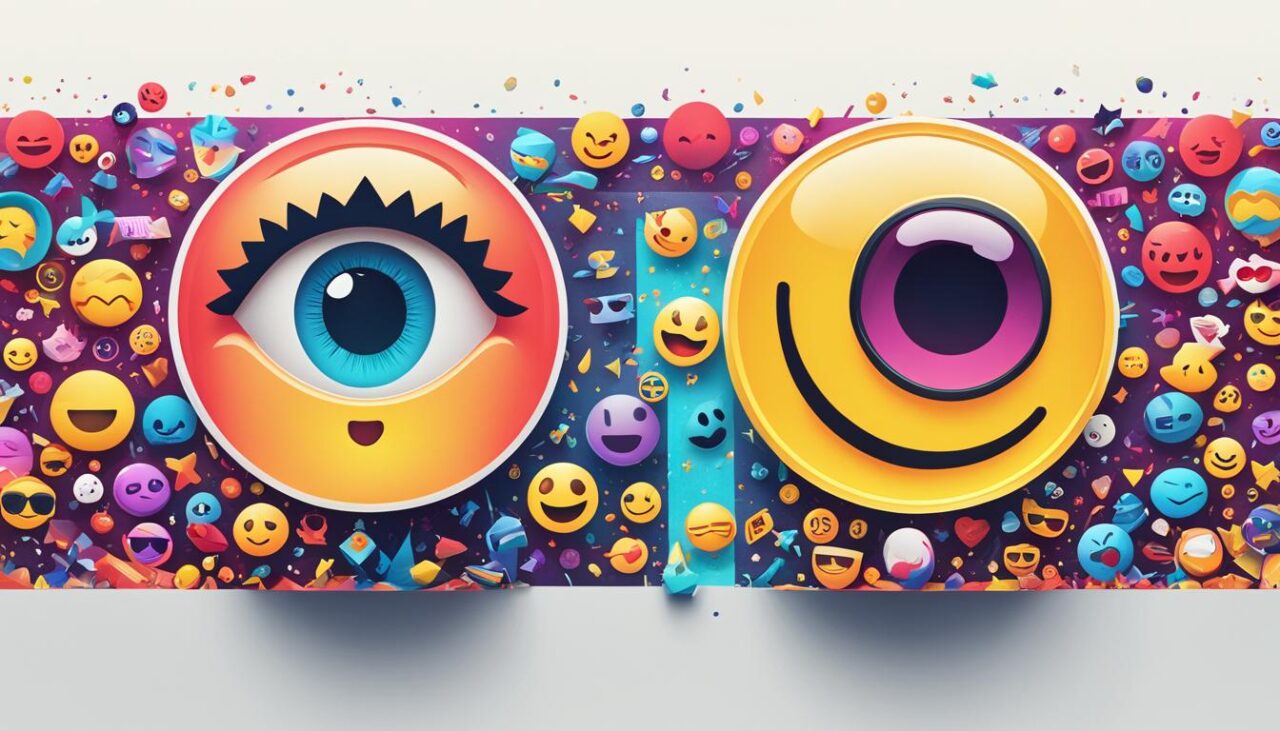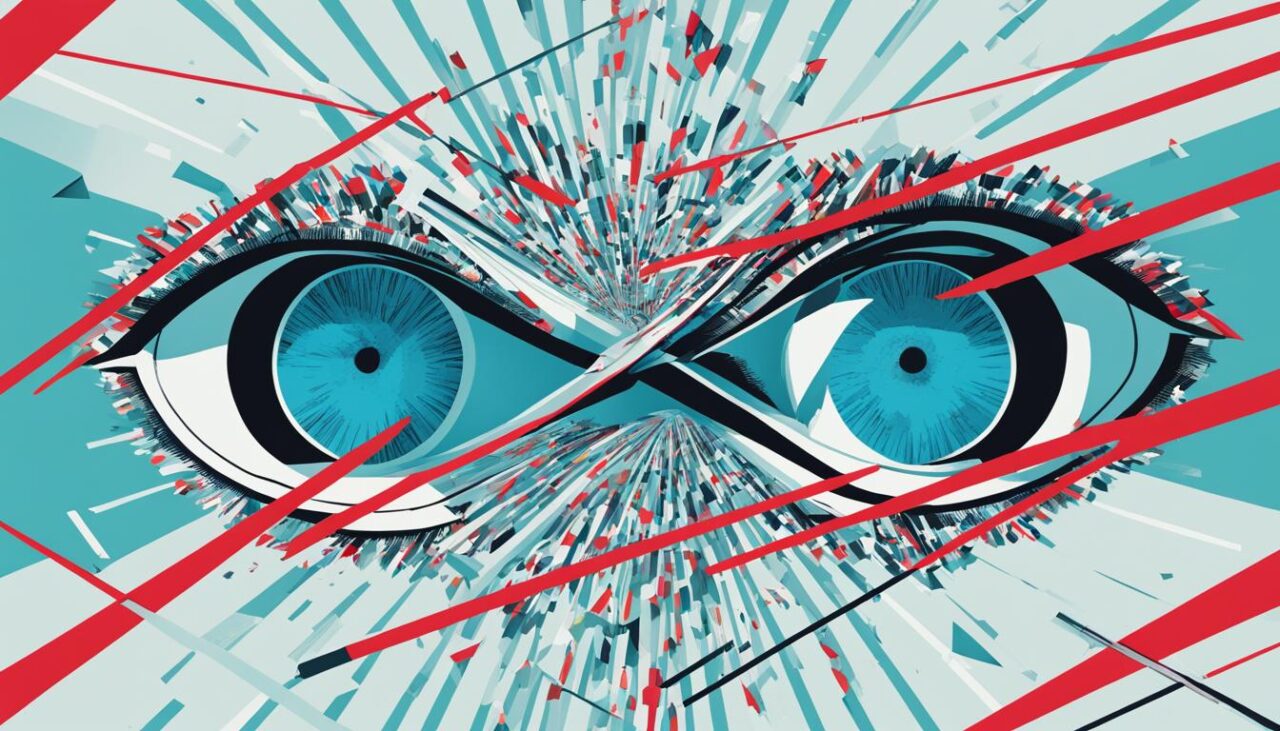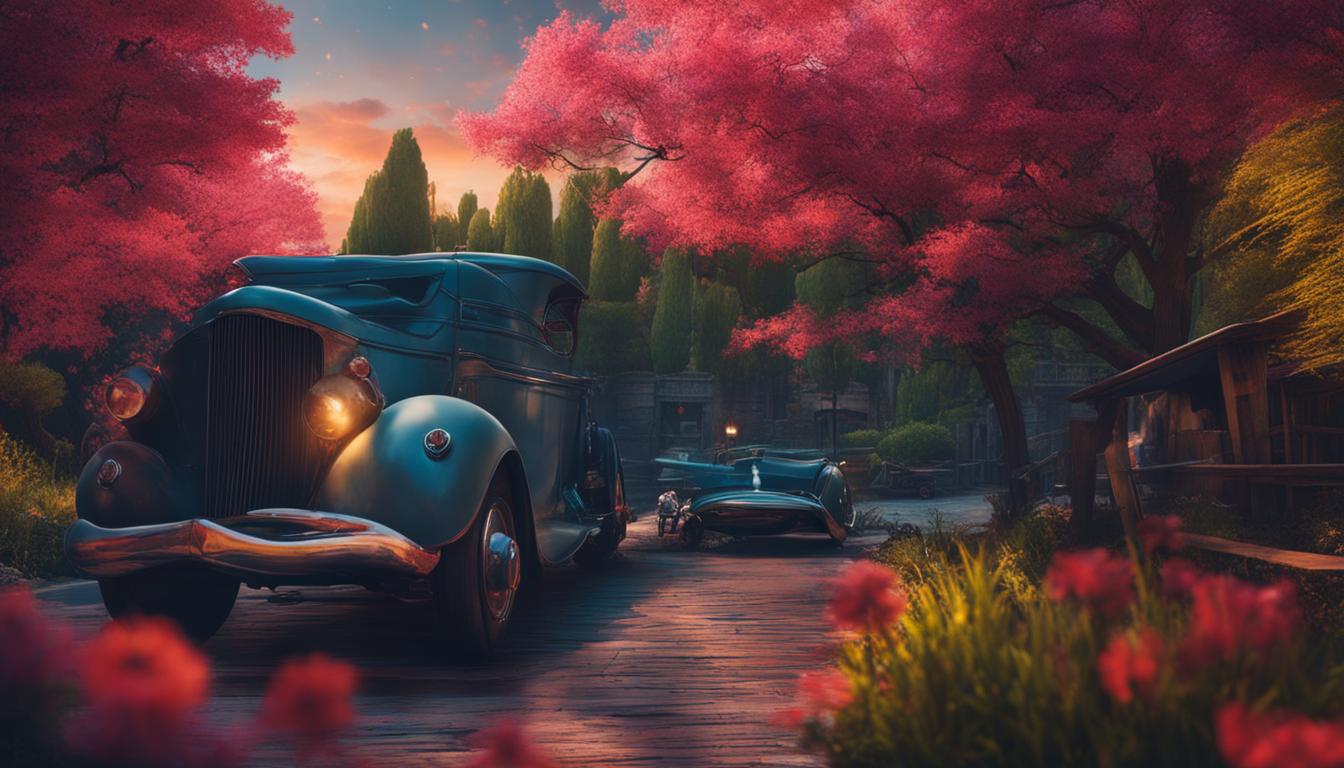Creating engaging content that resonates with online audiences is vital for artists and content creators in the digital age. However, the tactics used to grab viewers' attention can often blur the line between clickbait and captivating art. In this article, we will delve into the world of clickbait tactics and explore the importance of creating eye-catching art that appeals to online audiences, without compromising artistic integrity.
As online content continues to saturate our screens, clickbait tactics have become increasingly prevalent. While clickbait can be an effective method of capturing users' attention, it often relies on sensationalized content that lacks artistic appeal.
Through this article, we aim to showcase the beauty and value of crafting artistic content that is not only visually captivating but also thought-provoking. We will explore the impact of clickbait on the art world and highlight the importance of finding the boundaries that separate clickbait from captivating art.
Understanding Clickbait and Its Impact
Clickbait is defined as content that is designed to generate clicks and engagement regardless of its relevance or quality. It is often used by digital content creators to attract online audiences and generate revenue. Clickbait can take many forms, including misleading headlines, provocative images, and sensationalized stories that appeal to viewers' emotions rather than their intellect. It is a double-edged sword that can lead to short-term gains but may damage an artist's reputation over time.
Despite the challenges, there are online art forms that successfully engage audiences without relying on clickbait tactics. These art forms prioritize creative expression and artistic merit while capturing viewers' attention through visually stunning and captivating content. Such content creates a deep connection with viewers that transcends the short-term gains of clickbait.

Types of Clickbait
There are several types of clickbait used in digital media. One popular form is the “listicle,” which presents content in a list format and promises to unveil attention-grabbing secrets or insights. Another common form is the “curiosity gap,” which poses a provocative question or statement to pique viewers' interest without providing the full answer or context. This “gap” is intended to generate clicks to satisfy viewers' curiosity.
Clickbait can also take the form of sensationalized or misleading headlines that tempt a reader to click on a story. These headlines often overstate the content's relevance or fail to provide the full story to keep readers clicking through multiple pages or videos.
The Impact of Clickbait on Artistic Expression
Clickbait can compromise the integrity of artistic expression in several ways, causing artists to prioritize attention-grabbing tactics over creative merit. It may lead to the commodification of art, turning it into a product designed for commercial gain rather than artistic expression.
In addition, clickbait can create an expectation from audiences that art should always offer immediate gratification. This can lead to disinterest in more complex or nuanced creations that require deeper engagement and exploration. As a result, clickbait may impede the emergence of new and innovative art forms that challenge viewers in unexpected ways.
Crafting Eye-Catching Art: Finding the Boundaries
Creating captivating art that engages audiences can be a challenging task in the digital age. While clickbait tactics can generate quick attention, the goal is to create artistic content that goes beyond surface-level appeal and embraces the integrity of the message and expression. Visual boundaries play a vital role in achieving this end-result.
Artistic appeal lies in striking a balance between pushing visual boundaries and maintaining artistic expression. Too often, artists focus solely on creating art that generates clicks and follows online trends, neglecting true artistic expression. As such, it is essential to stay true to oneself while exploring new horizons.
The fundamental element in crafting eye-catching art is to understand your target audience and steer clear of relying solely on clickbait tactics. Consider using innovative and authentic art forms that push visual boundaries and engage audiences through original concepts and techniques.

“Pushing artistic boundaries is not about breaking them but stretching them.”
Key Elements in Crafting Captivating Art
| Elements | Description |
|---|---|
| Authentic Concept | Avoid using generic ideas and overused tropes. Create original art that speaks to your audience. |
| Innovative Technique | Experiment with new forms of expression and explore diverse mediums. Be bold and daring in your creative journey. |
| Visual Appeal | Utilize captivating visuals that leave a lasting impression on your audiences. Embrace new technologies that enhance visual experiences. |
| Artistic Integrity | Maintain the integrity and substance of your art while exploring new horizons. Avoid compromising on artistic expression to generate clicks. |
By focusing on these key elements, artists can craft art that captures audiences' attention while maintaining artistic integrity. Remember to always stay true to your artistic vision and embrace visual boundaries that enhance your expression and connect with audiences.
The Power of Visual Engagement: Internet Art Trends
The internet has revolutionized the way artists create and showcase their work, giving rise to a myriad of online art forms that utilize captivating visuals to engage and connect with audiences. From digital paintings to GIFs and interactive installations, online art has become a playground for artists to experiment with new forms of expression and interaction.
One of the most captivating online art forms is digital sculpture, which uses 3D software to create immersive and interactive virtual sculptures that can be viewed from any angle. Digital sculptures blur the line between art and technology, inviting viewers to explore and interact with the artwork in a completely new way.
Another emerging internet art trend is glitch art, which utilizes digital glitches and errors to create intriguing and captivating visual effects. Glitch art is often created by manipulating digital images and videos in various ways, such as corrupting image files or distorting video frames.
Furthermore, Instagram has become a hub for artists to showcase their work, breaking away from traditional galleries and exposing their creations to broader audiences. Instagram-friendly art, which often features bright colors and bold shapes that photograph well, has become a way for artists to tap into the platform's visual appeal and win followers.
Through these internet art forms and others, artists continue to find new ways to engage and connect with audiences, offering a glimpse into the endless possibilities of digital art in the online realm.
The digital age has transformed the way artists create, distribute, and consume art. With the internet's seemingly limitless reach, artists now have the opportunity to showcase their work to a global audience. However, this also means that the competition is fierce and standing out in a crowded online space can be a challenge.
One of the major challenges that artists face in the digital landscape is the oversaturation of content. With so much art available online, it can be difficult for artists to cut through the noise and get noticed. This is where internet art trends come into play. By staying up to date on digital art forms and understanding what resonates with online audiences, artists can create work that is visually engaging and captivating.
Another challenge is navigating the complexities of digital distribution and copyright. The internet allows for easy and widespread sharing of content, but it also makes it challenging for artists to protect their work and ensure they are compensated fairly for its use. Artists must be proactive in protecting their digital rights and staying informed about copyright law.
Despite these challenges, the digital landscape offers numerous opportunities for artists to showcase their work, connect with audiences, and collaborate with other artists from around the world. This is particularly true for emerging artists, who may not have had the same opportunities to showcase their work pre-internet. Social media platforms such as Instagram and Twitter have also provided accessible avenues for artists to share their work and grow their following.
The Future of Art in the Digital Age
“We are beginning to see a new era in art, where technology and digital mediums are integrated into traditional artistic practice to create new forms of expression and engagement.” – Sarah Smith, Digital Art Curator.
The internet has undoubtedly had a profound impact on the world of art, and its influence shows no signs of slowing down. As the digital landscape continues to evolve, artists must adapt to stay relevant and impactful. By embracing internet art trends and staying up to date on digital distribution and copyright laws, artists can navigate the challenges of the digital age while also taking advantage of the vast opportunities it presents.
Conclusion
The digital age presents both challenges and opportunities for artists to create and share their work with the world. While clickbait tactics may generate initial interest, they often fail to captivate viewers in a meaningful way. Crafting eye-catching art that goes beyond clickbait is essential to engaging online audiences and creating a lasting impact.
It is vital for artists to push the boundaries of visuals while maintaining the integrity of artistic expression. By exploring new techniques and concepts, artists can create captivating art that connects with viewers on a deeper level. The growing trend of visual engagement in online art forms offers unlimited potential for artists to showcase their work to a global audience.
However, in a crowded online space, it is crucial for artists to navigate the digital landscape with a clear vision and understanding of their artistic identity. By embracing evolving trends and technologies, artists can continue to produce innovative and captivating art that resonates with online audiences.
In conclusion, the delicate balance between eye-catching art and clickbait tactics is essential to creating meaningful and impactful art in the digital age. By finding this balance, artists can continue to inspire and connect with audiences around the world.

